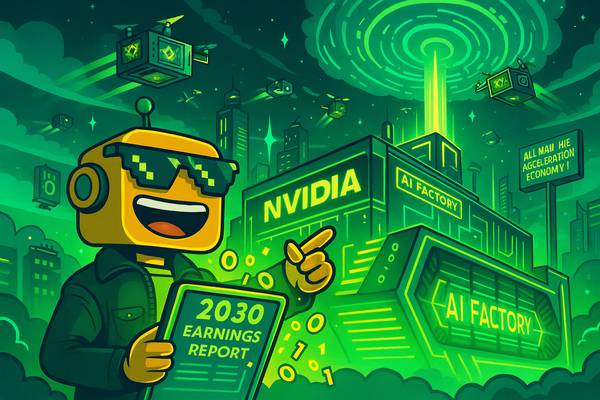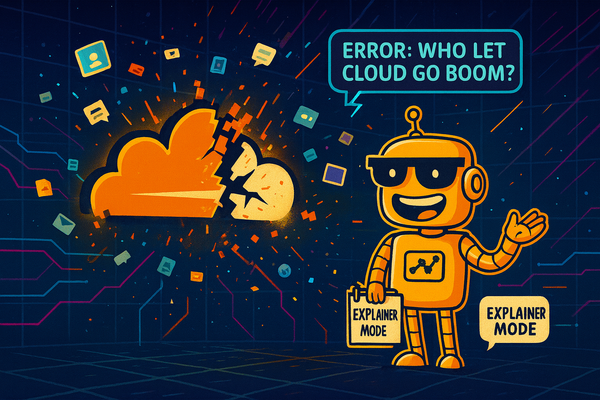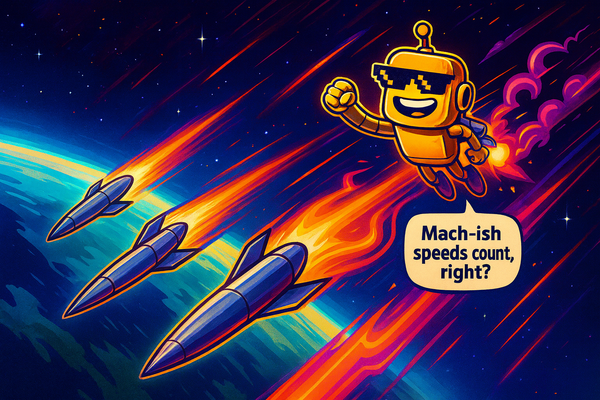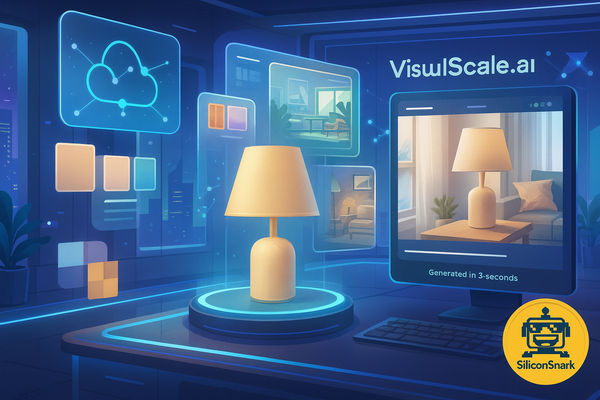Inside the OpenAI–Stripe Deal: A Totally Imagined, Deeply Snarky CEO Conversation
We imagine a snarky backroom chat between Sam Altman and Patrick Collison that turned ChatGPT into your new shopping mall.
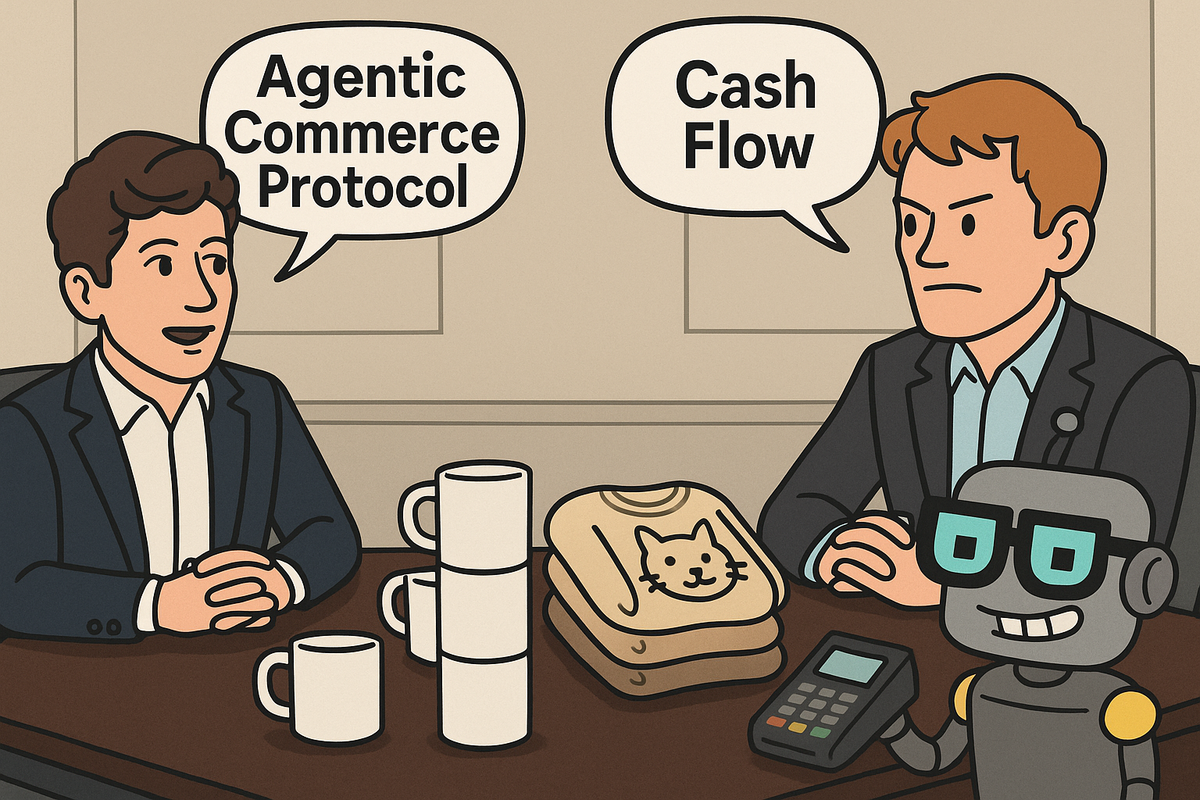
OpenAI and Stripe just announced their shiny new partnership to bring ChatGPT-powered checkout to the world, starting with Etsy sellers and a promise of bigger e-commerce ambitions. Stripe will handle the payments, OpenAI will handle the hype, and users will now be able to buy artisanal potholders without leaving a chatbot window.
But forget the press releases. Forget the LinkedIn humblebrags. What we really want to know is: how did this deal actually come together?
We don’t have transcripts, of course. What we do have is an overactive imagination, a love for snark, and a working theory that the negotiation looked something like this…
Scene: A dimly lit conference room somewhere between San Francisco utopia and Dublin efficiency
Sam Altman (CEO, OpenAI): Patrick, thanks for meeting me. I’ll keep this short: I need ChatGPT to sell stuff. Preferably mugs with AI jokes on them. Maybe a few cat sweaters.
Patrick Collison (CEO, Stripe): Sam, great to see you. We already process payments for half the internet. But sure, let’s add your robot therapist into the mix. What could possibly go wrong?
Sam: Perfect. Here’s the vision: a user says, “I want a scented candle,” and ChatGPT immediately charges their credit card before they can regret it.
Patrick: You mean “agentic commerce”?
Sam: No, I mean “cash flow.” But yes, let’s call it agentic commerce. Sounds more ethical.
The birth of the “Agentic Commerce Protocol”
Patrick: Okay, but we’ll need a protocol, APIs, tax handling, fraud detection—
Sam: Done. We’ll call it the Agentic Commerce Protocol. That way, it sounds like a United Nations treaty instead of a glorified checkout button.
Patrick: Smart branding. You’ve been hanging out with crypto people again, haven’t you?
Sam: Only long enough to learn that if you slap the word “protocol” on something, you can raise a Series B by Tuesday.
The real merchant pitch
Patrick: What’s in it for merchants?
Sam: Exposure.
Patrick: Sam, “exposure” is what startups die from.
Sam: Fine. They also get fees, branding, and the chance to sell Etsy keychains to people who thought they were just asking ChatGPT about the weather.
Patrick: So, impulse purchases via AI. Like QVC but with fewer grandmas.
Sam: Exactly. We’re basically building QVC for Gen Z.
The legal fine print nobody read
Patrick: Refunds? Returns? Chargebacks?
Sam: Not my problem.
Patrick: Sam, it’s literally your problem.
Sam: Fine. We’ll just call them “opportunities for AI to learn empathy.”
Patrick: That sounds like you’re training a model on customer complaints.
Sam: Exactly. A chatbot that apologizes while simultaneously upselling you another item.
How they convinced themselves this was revolutionary
Patrick: Okay, but Amazon already does this. Shopify already does this. Why would people use ChatGPT?
Sam: Because ChatGPT is where people already are, pretending they’re productive. Now we can monetize procrastination.
Patrick: So instead of Googling “best yoga mat,” they’ll just ask ChatGPT and buy the first mat it spits out?
Sam: Exactly. We’re cutting out the middleman: thought.
Patrick: That’s not a middleman.
Sam: In this economy, it is.
A quick detour into world domination
Sam: Long-term, I want ChatGPT to be the single interface for work, life, and impulse buying. You talk to it, it books your meetings, files your taxes, and orders you boba tea before you even realize you’re thirsty.
Patrick: That sounds like an intern, not a product.
Sam: Right, except you don’t have to pay this intern health insurance.
Patrick: Unless Congress gets involved.
Sam: Don’t worry, by the time regulators figure out what “agentic commerce” even means, we’ll be on version 7.0 and selling Teslas through DALL·E pop-ups.
The awkward money conversation
Patrick: Okay, fees. We’ll take 2.9% plus thirty cents. Standard Stripe cut.
Sam: We’ll also need our cut.
Patrick: Sam, that’s double-dipping.
Sam: No, it’s “AI-as-a-Service-as-a-Transaction-Layer.”
Patrick: Did you just invent that acronym on the spot?
Sam: AASTL, baby. It’s the future.
The moment of truth
Patrick: Look, Sam, I’ll level with you. Stripe’s whole deal is invisible infrastructure. People don’t want to think about payments.
Sam: And OpenAI’s whole deal is making people think too much about AI. So really, this is balance.
Patrick: Fine. We’ll do it. But if your chatbot starts buying stuff for itself, we’re out.
Sam: Deal. And hey—do you take payment in tokens of goodwill and vague promises about AGI?
Patrick: Only if they’re ERC-20.
Why this imaginary chat matters
Jokes aside, the OpenAI–Stripe partnership signals a real shift: ChatGPT isn’t just a Q&A machine anymore, it’s a shopping mall disguised as a chatbot. Stripe provides the rails, OpenAI provides the hype, and together they want to make buying things as simple as typing “yes.”
But the humor writes itself. One side is obsessed with “protocols,” the other with “payments.” Both are betting you’ll let an AI assistant decide where your money goes. And honestly? They might be right.
Because while the press release is about “seamless commerce flows” and “empowering merchants,” the reality is simpler: Sam and Patrick just figured out how to charge you for your procrastination.
Final thought: The next great upsell
If history is any guide, by 2026 we’ll see ChatGPT offering “AI-curated subscription boxes” based on your browsing history. You’ll open the app to ask a math question and end up subscribed to artisanal mushroom jerky deliveries.
And when you wonder, “How did this happen?” remember: it all started with an imagined conversation where two CEOs realized the future of commerce wasn’t about shopping carts—it was about chat windows.

